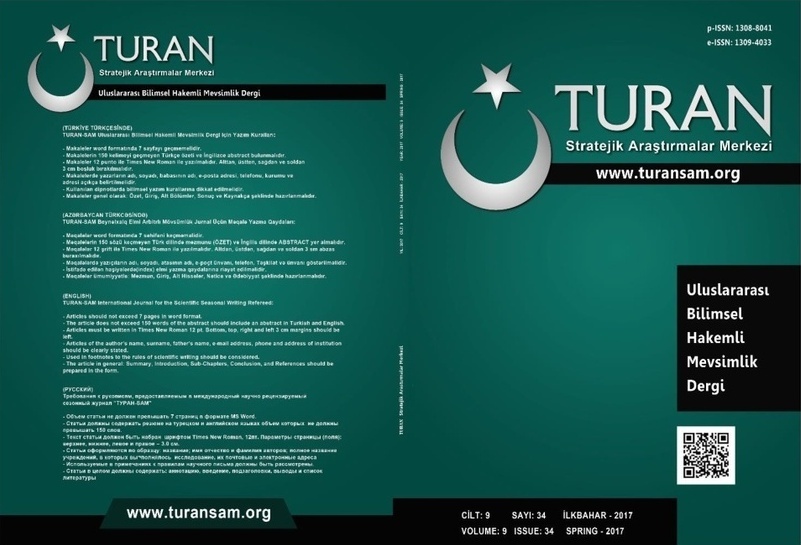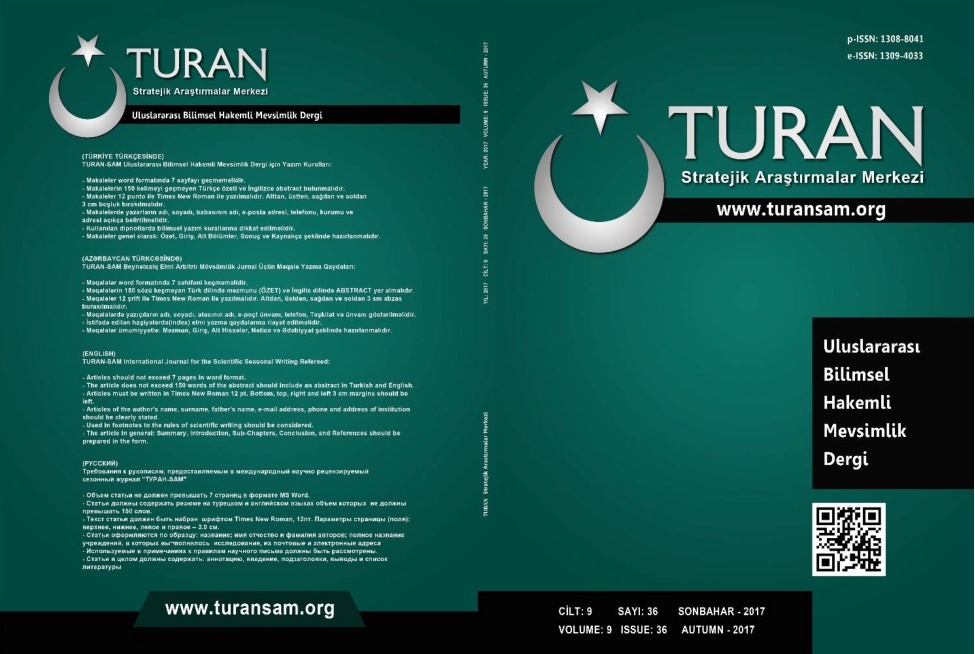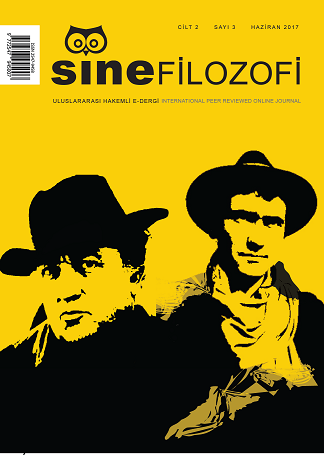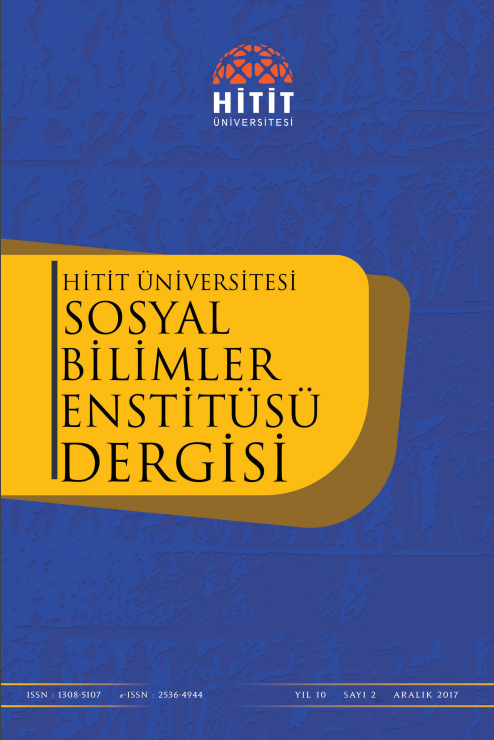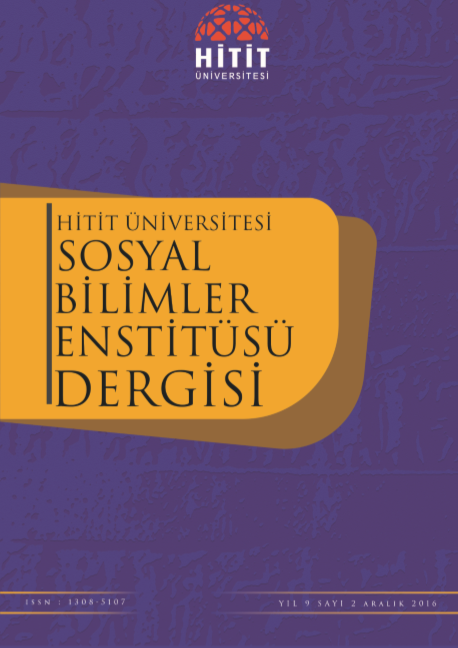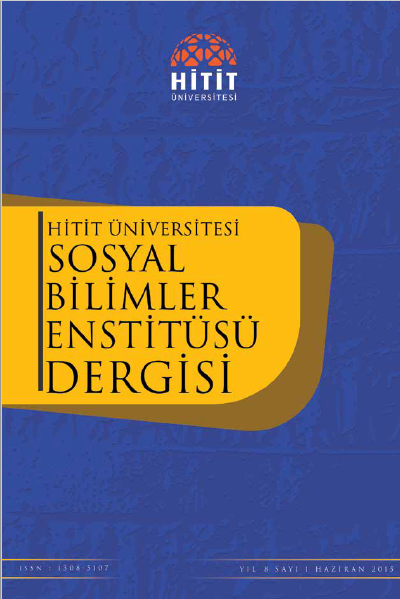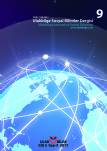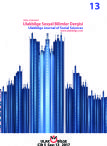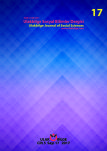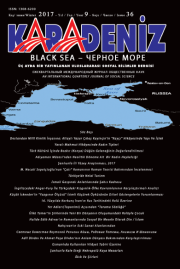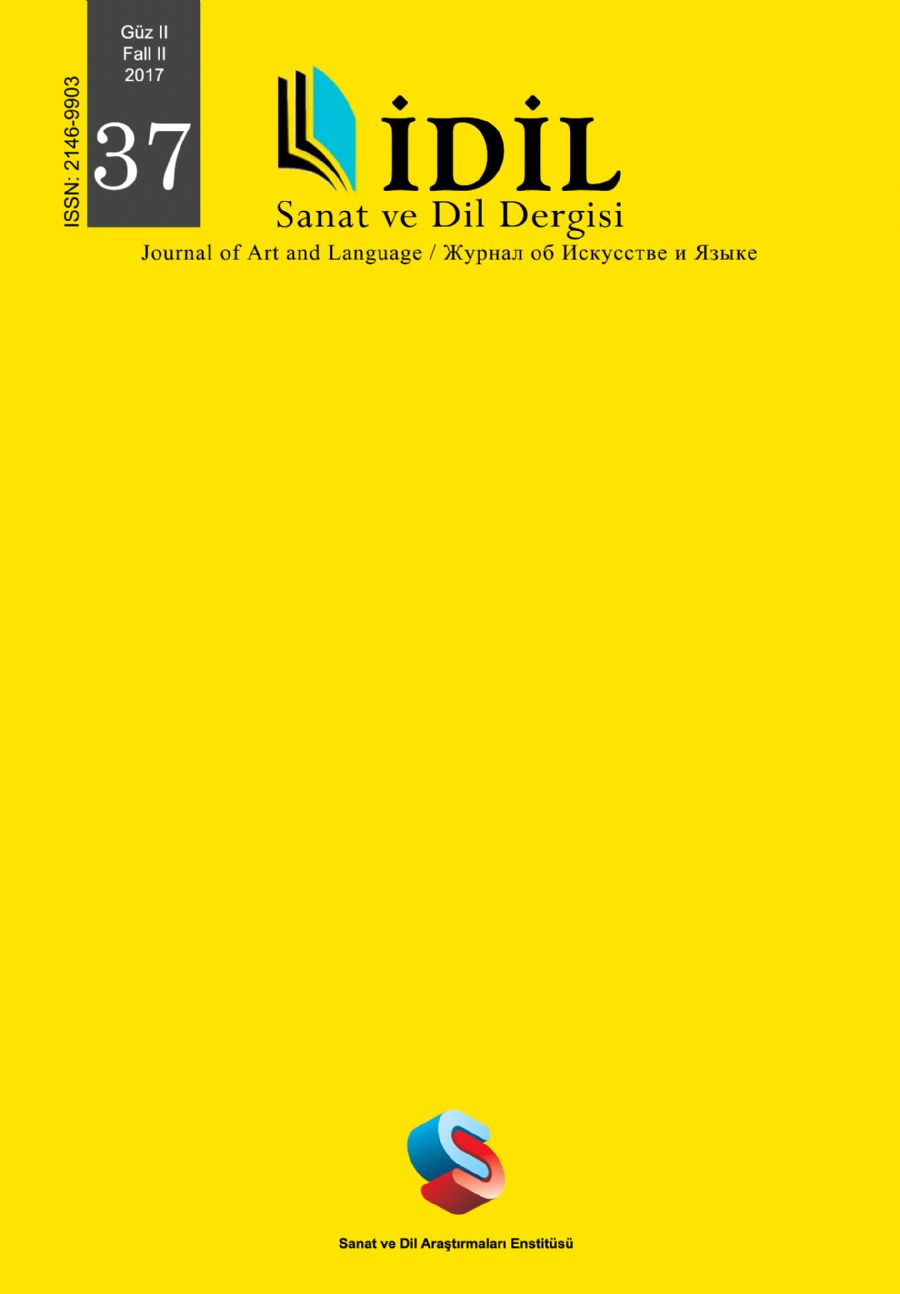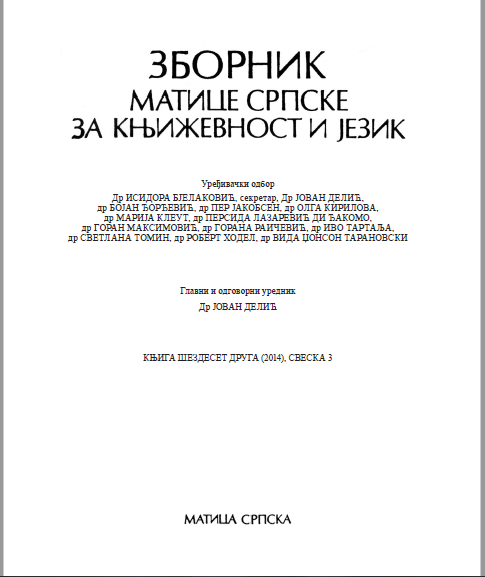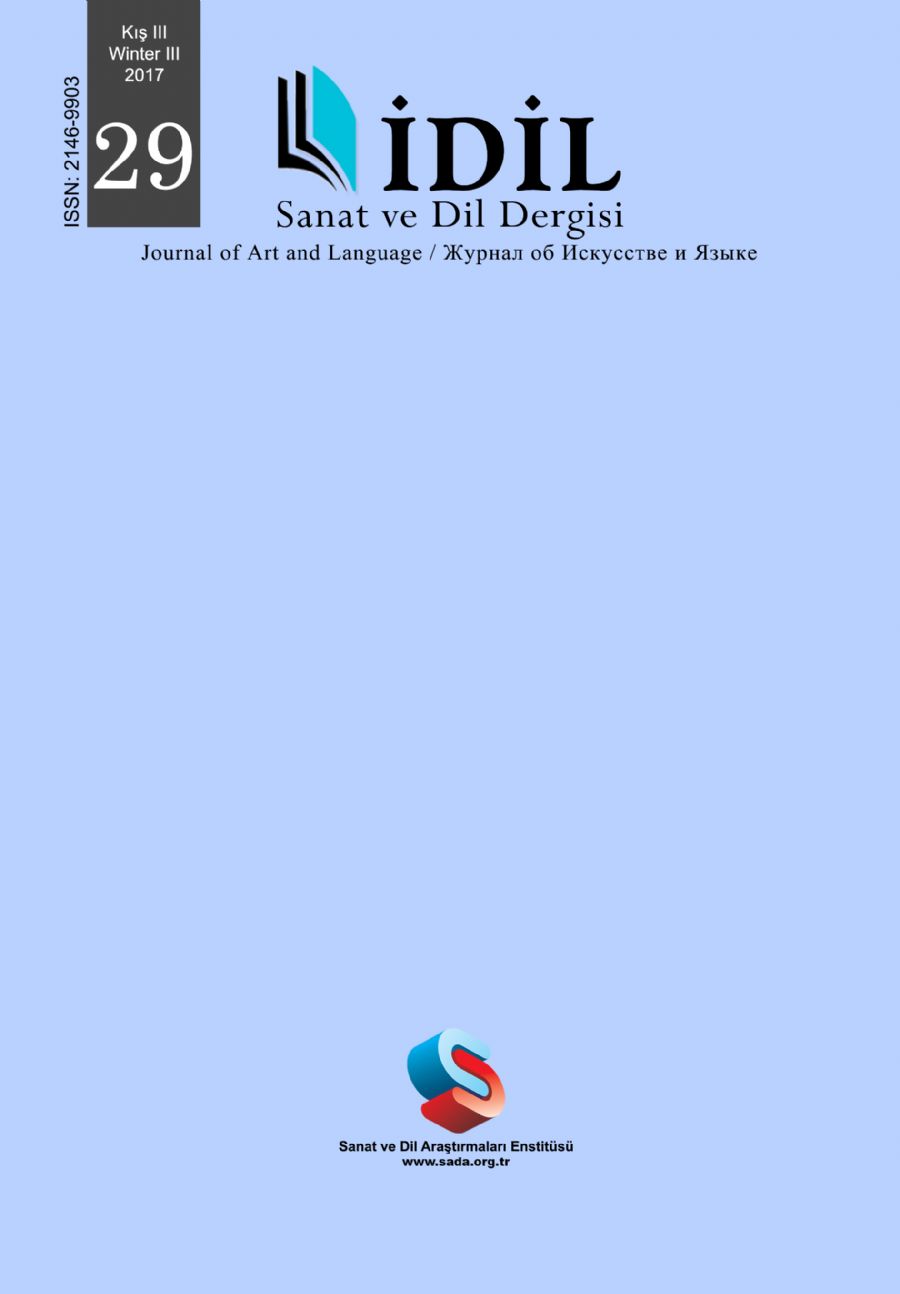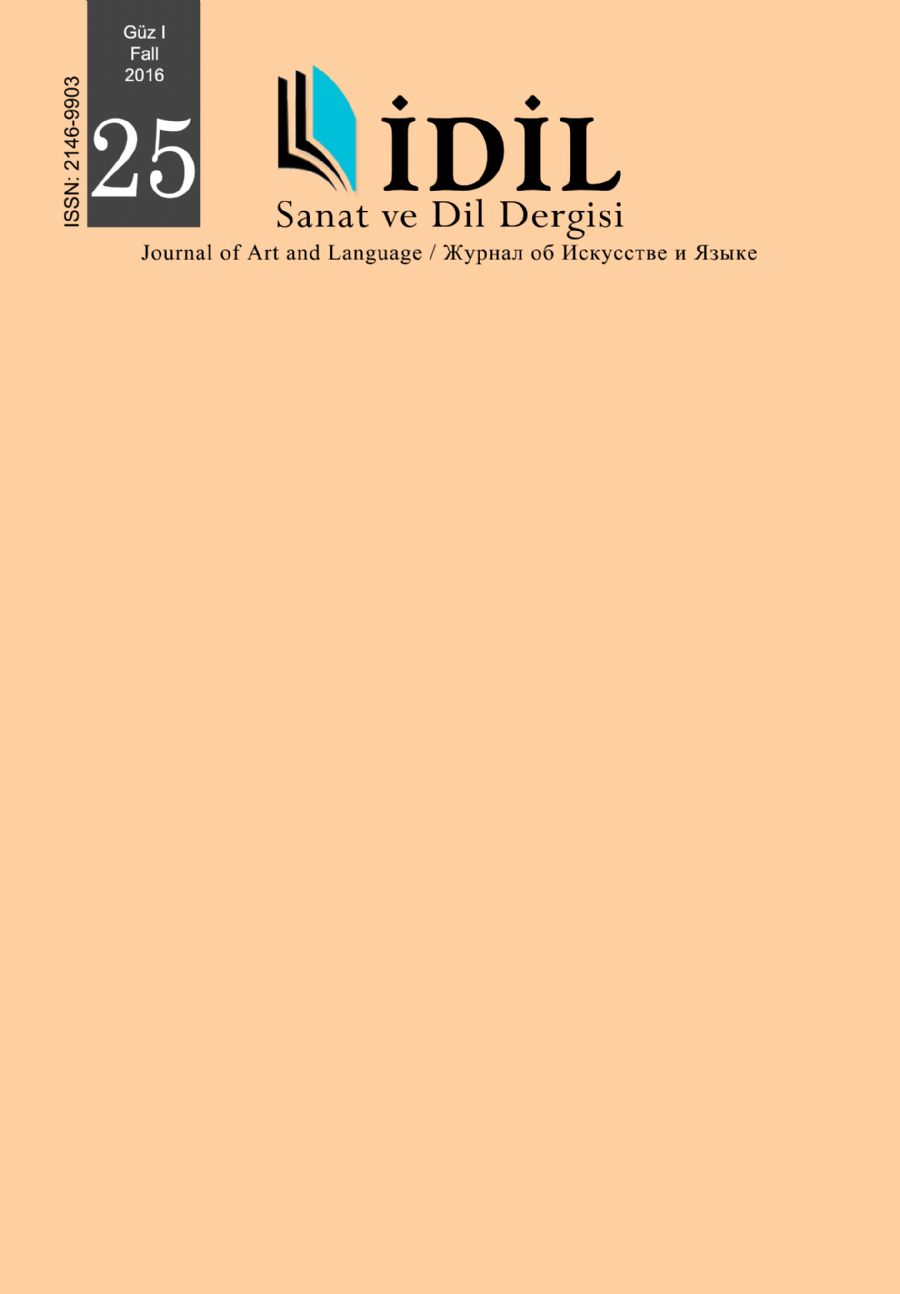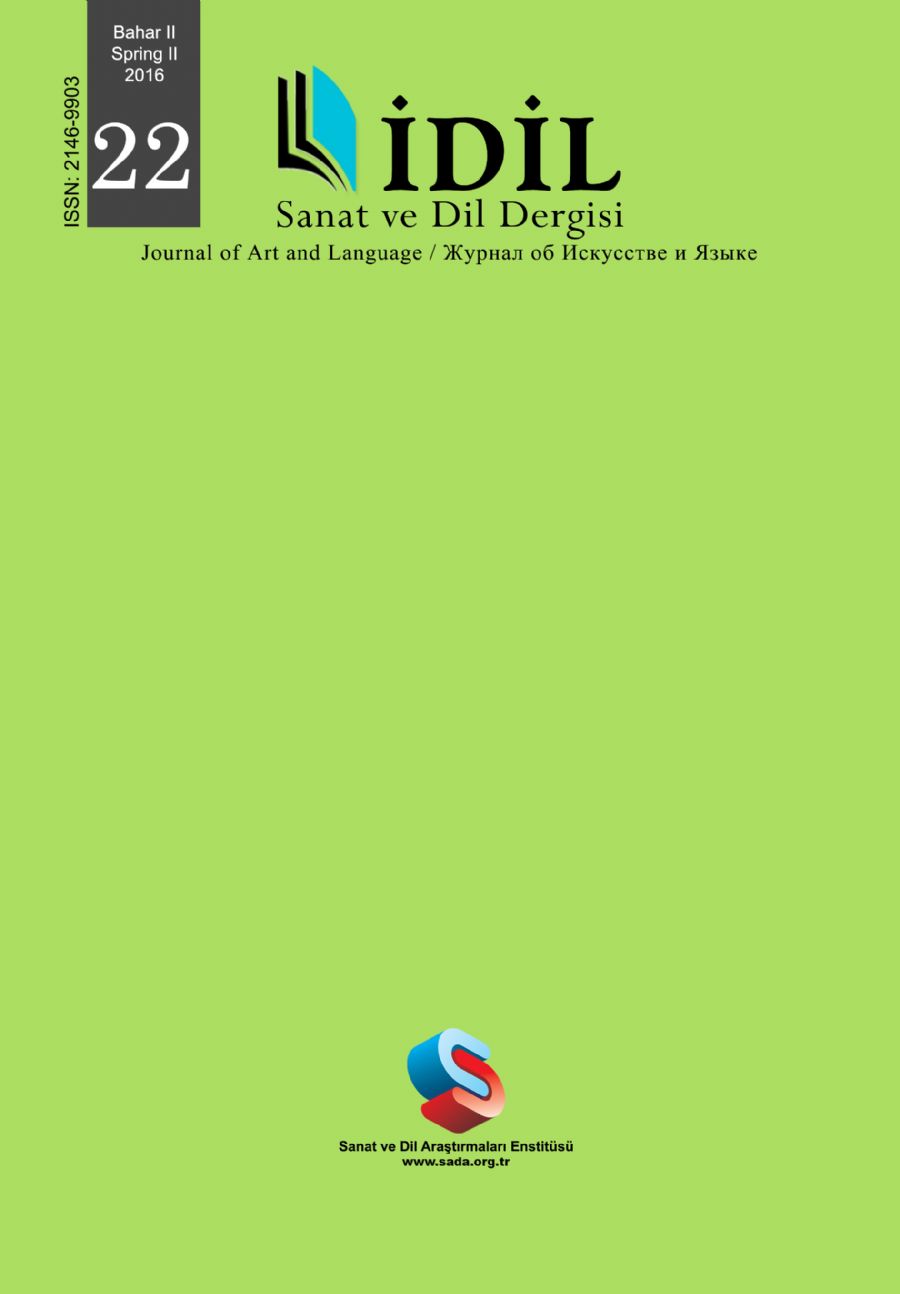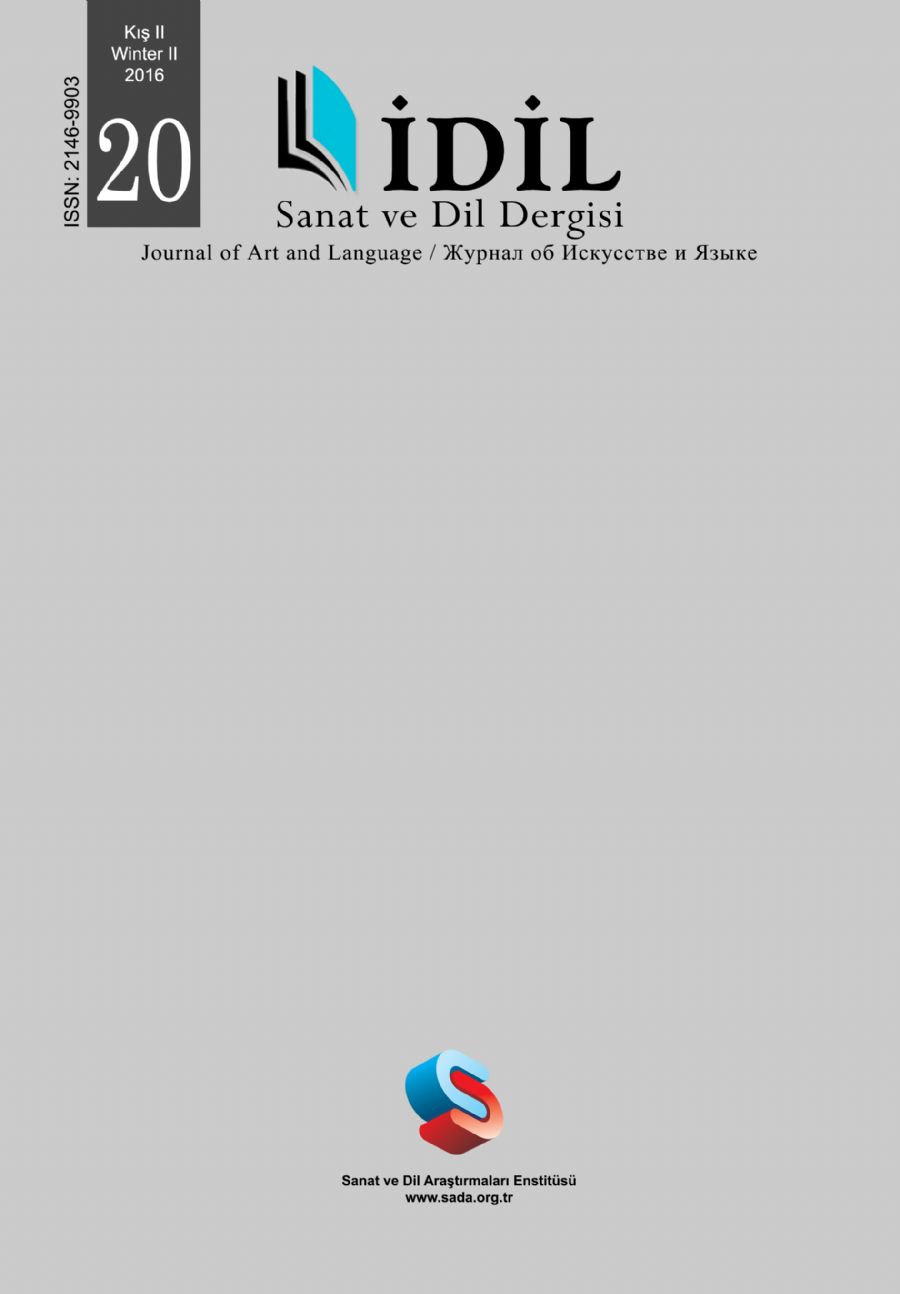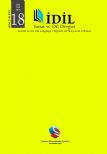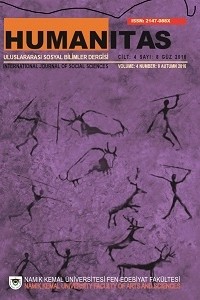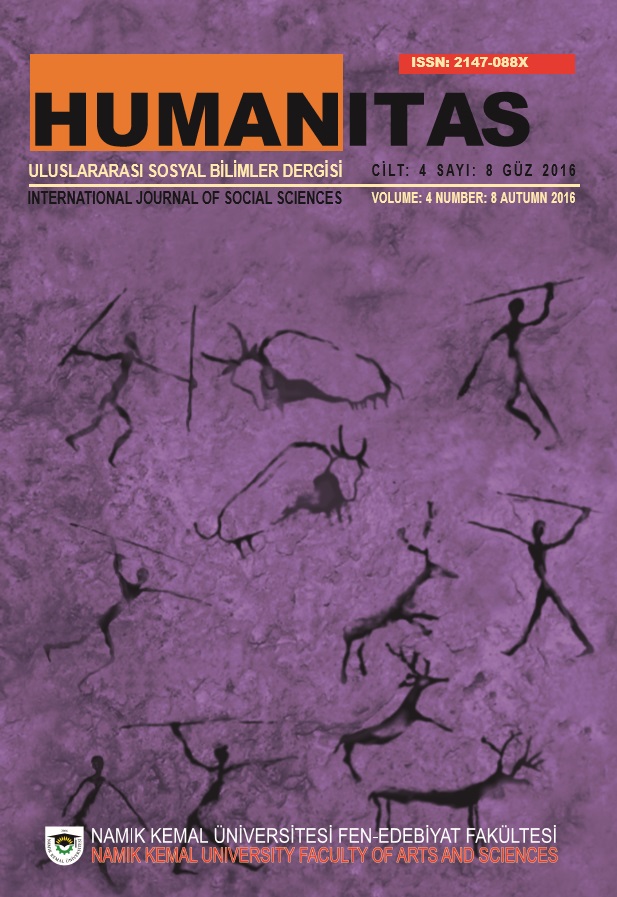
PİR SULTAN ABDAL’IN BİR MECMUADA YER ALAN ŞİİRLERİ I
Pir Sultan Abdal is one of the seven greatest poets of Alevi-Bektashi literature; among these poets, he is the one about whom most researches have been carried out. Pir Sultan Abdal is the most lyrical poet of Alevi-Bektashi literature. He was born at the beginning of the 16th century in Sivas city, Yıldızeli district, Banaz village; his real name was Haydar and his life has gained a legendary feature in time. Especially in Anatolia, there has been a Pir Sultan Abdal tradition and it is determined that more than 10 poets used Pir Sultan Abdal’s pen name. In this study, Pir Sultan Abdal’s poems in a specific journal had been analyzed. In this journal, written with rika in the shape of manuscript, there are many other poems belonging to Şah Hatayi and Kul Himmet. Poems by Kul Himmet in the journal were formerly published by us. Some of the pages in the journal are missing. There are 69 poems by Pir Sultan Abdal in the journal. As this number is too much for our article, the first 23 poems had been analyzed. According to our research, 14 of these poems were formerly published in previous studies. 9 of them haven’t been published until today. Poems included in this study are chosen according to some criteria; they are different from the previously published ones in terms of shape and quadrant numbers and they have some different strain and phonetics aspects. These specifically chosen poems can be used as resources in comparative studies. There are five quadrants in 22 poems while there are eight quadrants in one poem. It is determined that eleven syllabic meters are used in all of the chosen poems. It is attempted to correct some of the defects in syllabic meters by restoring the texts.
More...
